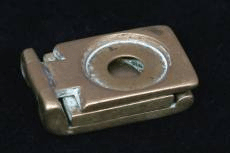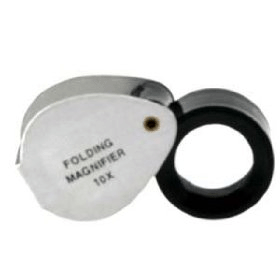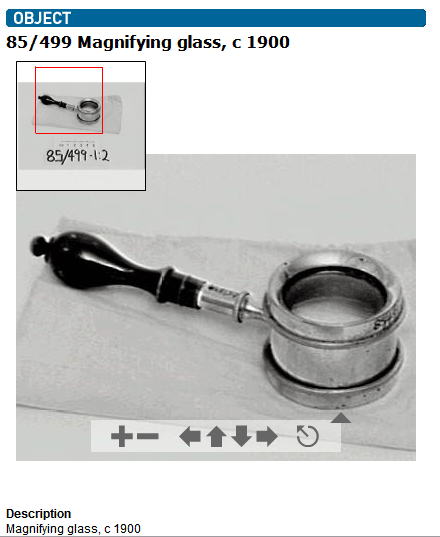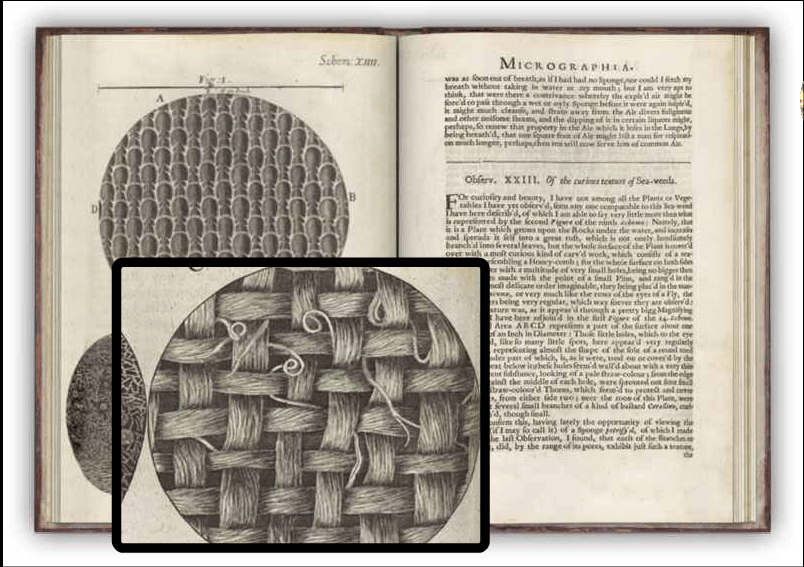If the letters of a book, or any minute object, be viewed through a lesser segment of a sphere of glass or crystal, whose plane base is laid upon them, they will appear far better and larger.
--Roger Bacon, Perspectiva 1267
 (Source: http://www.orientaltrading.com/, http://upload.wikimedia.org/wikipedia/commons/8/80/Magnifying_glass.jpg, http://www.onlinesciencemall.com/Shop/Control/Product/fp/vpid/1787672/vpcsid/0/SFV/30852, http://antiquescientifica.com/ophthalmic_magnifying_glass_chatelaine_sterling.jpg)
(Source: http://www.orientaltrading.com/, http://upload.wikimedia.org/wikipedia/commons/8/80/Magnifying_glass.jpg, http://www.onlinesciencemall.com/Shop/Control/Product/fp/vpid/1787672/vpcsid/0/SFV/30852, http://antiquescientifica.com/ophthalmic_magnifying_glass_chatelaine_sterling.jpg)
The magnifying glass is situated amongst a host of other magnification technologies. The majority of these technologies share many optical principles and purposes; specifically, to image objects at an increased resolution and magnification than is possible with the human eye through exploitation of the properties of light. The distinguishing feature of the magnifying glass is its structure—a bi-convex lens (one that is convex on both sides) situated in a frame and attached to a handle. The lens may be constructed of glass or plastic, and the handle of materials such as wood, plastic, and metal. This produces an image of the object behind the lens. Although the magnifying glass has been altered over the years with the introduction of new materials, the basic structure remains the identifying feature of the magnifying glass.
The longevity and consistency of the structure of the magnifying glass over the years has allowed the magnifying glass to become iconic. This aesthetic value relies on "the absolute mechanical perfection of the design” according to Latour (301), a theory echoed by Leroi-Gourhan. Although on a much smaller time scale, a parallel can be drawn between the ax in Leroi-Gourhan's 'Gesture and Speech' and the magnifying glass; the ax obtained its ideal form early in its development, and therefore its structure remained relatively constant over time. The magnifying glass also developed early on as a practical method of magnification and its consistency of form has contributed to its value as a symbol. A tool whose form is ideally related to its function obtains an aesthetic value, a trend readily observable in the magnifying glass whose form has provided a basis for many other optical tools (see Improved Magnifying Capabilities). Magnifying glasses became symbols of intellect and connoisseurship, as is evident in art of the eighteenth century which often depicts magnifying glasses in order to convey knowledge and intellect. Today, virtual images of magnifying glasses are utilized by search engines, indicative of a close examination of the internet, and in magnification tools utilized in imaging software.

The magnifying glasses on an internet toolbar
Despite long term maintenance of the magnifying glass’s physicality, new structures for the magnifying glass have been developed as the purpose and scope of the magnifying glass has changed. Virtual magnifying glasses have become a necessity, and software such as Zoomify allows the close examination of digital images. Historically, the magnifying glass has seen vocational use in textiles, such as thread counters. Today, jewelers and dentists use forms of magnifying glasses that have become more technologically advanced over the years. Mass production of plastic magnifiers has allowed for wide-spread utilization in science classrooms. Lighted magnifiers, page magnifiers, clip magnifiers, in addition to many other forms of magnification, have adapted the structure of the magnifying glass to specific purposes.

A 19th Century Textile Magnifier (Source: http://www.liveauctioneers.com/item/2809783alearth.org/)

Jeweler's Magnifying Glass (Source: http://www.amazon.com/Jewelry-Tool-Loupe-Jewelers-Magnifying/dp/B000P7AQJI)

An antique magnifying glass imaged on the Powerhouse Museum website with Zoomify software, a form of virtual magnifying glass (Source: http://www.powerhousemuseum.com/collection/database/?irn=49001)

A virtual magnifying glass used to examine digital pages of Robert Hooke's Micrographia (Source: http://archive.nlm.nih.gov/proj/ttp/flash/hooke/hooke.html)
Back to The Basics of the Magnifying Glass
Posted at Dec 05/2008 04:00PM:
chris witmore: Nice. Do add in photo credits with links to their source.
